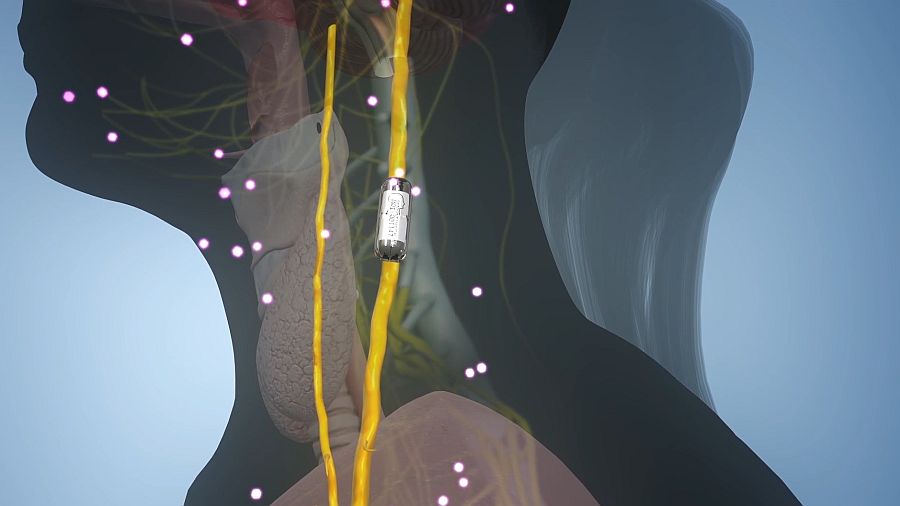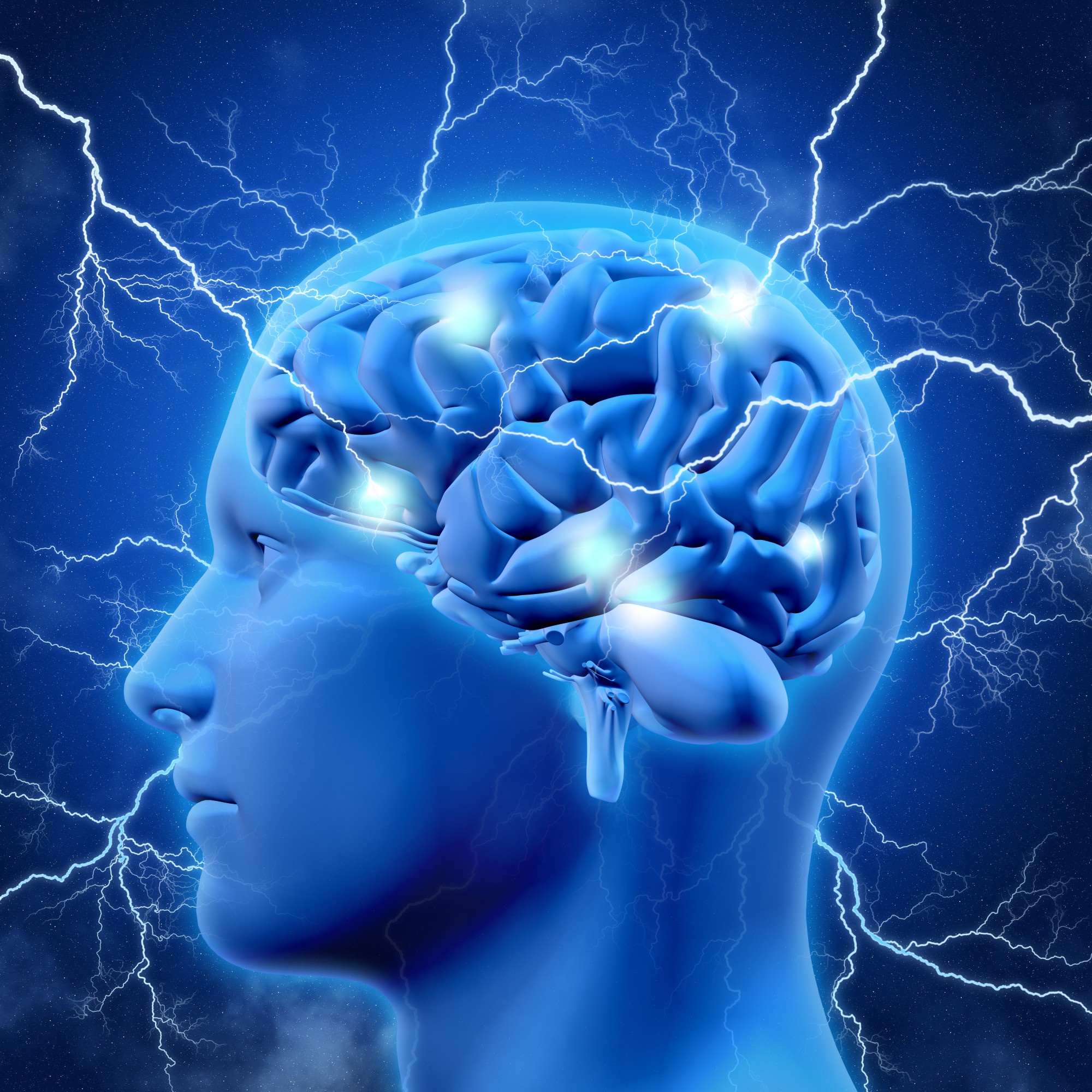Our body is a fantastic complex mechanism. It operates precisely with continuous communication between all its constituents–from the largest organs to the tiniest cells.
Our nervous system communicates using the language of electrical impulses. The organs and their functions are regulated through circuits of neurons coordinating and cooperating through these impulses. The endocrine system is also under the control of the central nervous system by a complex array of feedback mechanisms.
The current healthcare system uses pharmaceuticals as an all-encompassing solution to all illnesses. If a condition cannot be treated by drugs, it is treated by interventions or surgery. Most drugs act on either final receptors (neural) or endocrine mechanisms. But drugs, surgeries, or non-surgical interventions almost always have definite side-effects, because their action cannot be exactly localized to the defective part or organ. Imagine when instead of drugs, electrical impulses become the mainstay of medical therapy.
Hello, Electroceuticals!
Electroceuticals are a new category of therapeutic agents that target the neural circuits of organs. The therapy involves mapping the neural circuitry and delivering neural impulses to these specific targets. The impulse is administered via an implantable device.
Think pacemakers for the heart, cochlear implants for the ears, and deep-brain stimulation for Parkinson’s disease. There is a limitation, however–these devices do not target specific cells within circuits.
Neural tissue is compact–unrelated circuits often run close together through brain regions and in peripheral nerves. As of today, electrical devices activate or inhibit cells in an area of tissue indiscriminately, muddying clinical effects. For example, electrodes that stimulate the vagus nerve that encloses approximately 100,000 fibers innervating many different internal organs.
 Image Source: Innovateli
Image Source: Innovateli
Similarly, deep-brain stimulation for Parkinson’s disease affects many cells other than those that control movement, leading to emotional and cognitive side effects. In natural urinary control, opposite signals in adjacent nerve fibers simultaneously contract the bladder and relax the urethral sphincter. The elegant process is poorly mimicked by devices available today.
The electroceutical approach is also considered for maladies that have an inflammatory component, such as cardiovascular disease, metabolic dysregulation, and dementia, and autoimmune disorders, such as lupus in which the vagus nerve itself becomes underactive. Preventing immune rejection of transplanted tissues is yet another potential application.
How do they function?
Since the primary target of electroceuticals is neural circuits, the first step towards developing this therapy is to map the neural circuits associated with disease precisely and then its treatment. It involves two levels:
- Anatomical – nerves and brain areas associated with the disease are identified to clearly define the anatomic site of intervention.
- Signaling – exact electrical signal/action potential or patterns associated with health should be identified to replicate these patterns.
Electroceutical devices should develop as cuffs bristling with electrodes. They can be attached to nerve bundles to alter the electrical signals sent to the brain on one hand or bodily organs on the other.
These devices might use microchip-controlled electrode arrays and get powered by electromagnetic energy (heat, light, magnetic), mechanical or chemical energy harvested from the body’s resources. The first generation of these devices was available in the size of a pill or a pen, but with current technology, they have reached the size of a pin-head. However, the future will be micro or even nanoscale devices.
Are we ready for the mammoth change?
The benefits of electroceuticals are many, but one also should be wary of their limitations.
- The neural network is too complex to be mapped completely. Addressing an enormous number of individual neurons and neural information flowing through these circuits durably, reliably, and non-disruptively is challenging.
- There is a possibility that the impulses targeted to a specific nerve group may also stimulate the surrounding nerves.
Sources:


